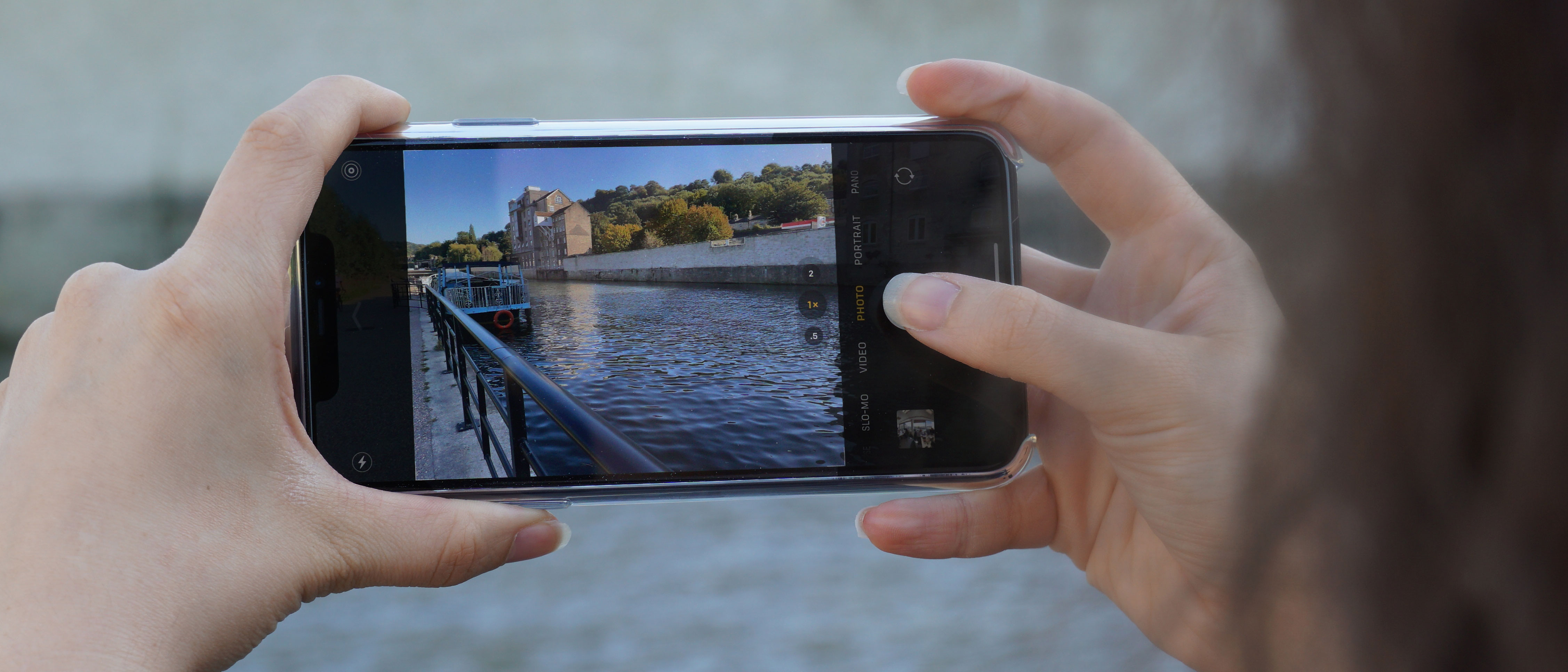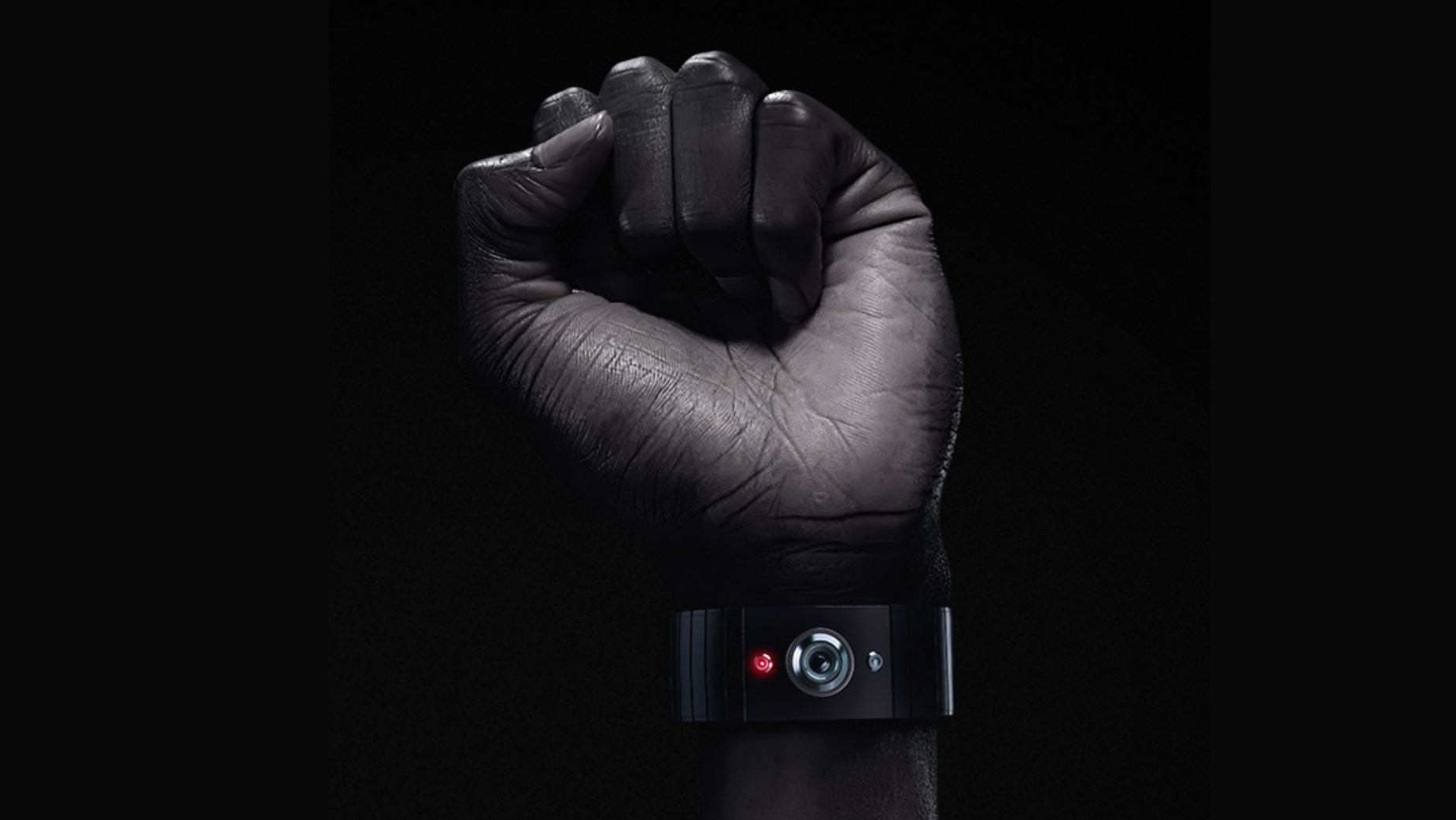Digital Camera World Verdict
If you look at the iPhone 11 Pro Max specs on paper, you might think the iPhone 11's camera tech has been overtaken by just about every other phone brand. But the secret of the iPhone camera’s successful has always been its simplicity, quality and design. It loses the war of the bullet points, but the real-world images from the iPhone 11 Pro Max still put it in a class of its own.
Pros
- +
Consistent rendition across three cameras
- +
Excellent HDR results
- +
High resistance to lens flare
- +
Natural detail rendition
Cons
- -
No long zoom option
- -
Ultrawide lens shows a little fringing
Why you can trust Digital Camera World
Apple didn’t exactly set the world alight when it announced the camera setups on the new iPhone 11 series. Compared to what rival camera phone makers were doing already, the three-camera array on the iPhone 11 Pro and the two cameras on the regular iPhone 11 looked adequate but no more.
What Apple camera phones have always been good at, though, is results. The specs may look ordinary, but they don’t tell the whole story. In the long run, it’s the quality of the pictures that’s going to gain the loyalty of fans… and which will bring them back again when the next iPhone launches. It's what keeps Apple in our list of the best camera phones you can buy. If it's too expensive, there's always the regular iPhone 11, though even this isn't exactly cheap and hardly qualifies for our best budget camera phone list.
iPhone cameras so far have been characterised by routine specs but above average performance. When you see a camera phone image that’s sharp from edge to edge with no distortion or color fringing with a nicely balanced HDR rendition and fine detail that’s sharp without being unnatural, you realise it’s the results that matter, not the numbers.
That’s always been a strong selling point for iPhone cameras, so the new models need to meet that same high standard. And just in case you’re confused by the options, here’s a quick recap.
The standard iPhone 11 comes in just one size and has a two-camera array which includes a regular ‘wide’ 26mm f/1.8 camera and a ‘superwide’ 13mm f/2.4 camera, both with 12 million pixels. The iPhone 11 Pro adds a third 52mm f/2.0 camera, again with a 12MP sensor. The screen on this model is actually slightly smaller than the one on the standard iPhone 11 (5.8-in versus 6.1in), but there is a larger iPhone 11 Pro Max which has the biggest screen of all at 6.5in.
• Read more about the iPhone 11 vs iPhone 11 Pro vs iPhone 11 Pro Max
This review concentrates in the iPhone 11 Pro camera array, its features and its real-world performance. Is it enough to maintain the iPhone's reputation as the ultimate smartphone for photographers?
• Read more: Find out what we think of the new iPhone 11 ultra-wide camera
Build and handling
If you’ve used an iPhone before you’re not going to find much to surprise you here. If you’ve been using an older generation iPhone with a physical Home button you’ll have to get used to the virtual version and the upward swipe needed to see your app icons, but apart from that it’s business as usual.
The Camera app has a couple of changes, however, to reflect the new camera tech. First, when you’re using the regular ‘wide’ lens, the iPhone will preview the ‘supersede’ view either side so that you can see what you’re missing. This is more useful than it sounds. It means you might see a better shot or composition you might otherwise have missed.
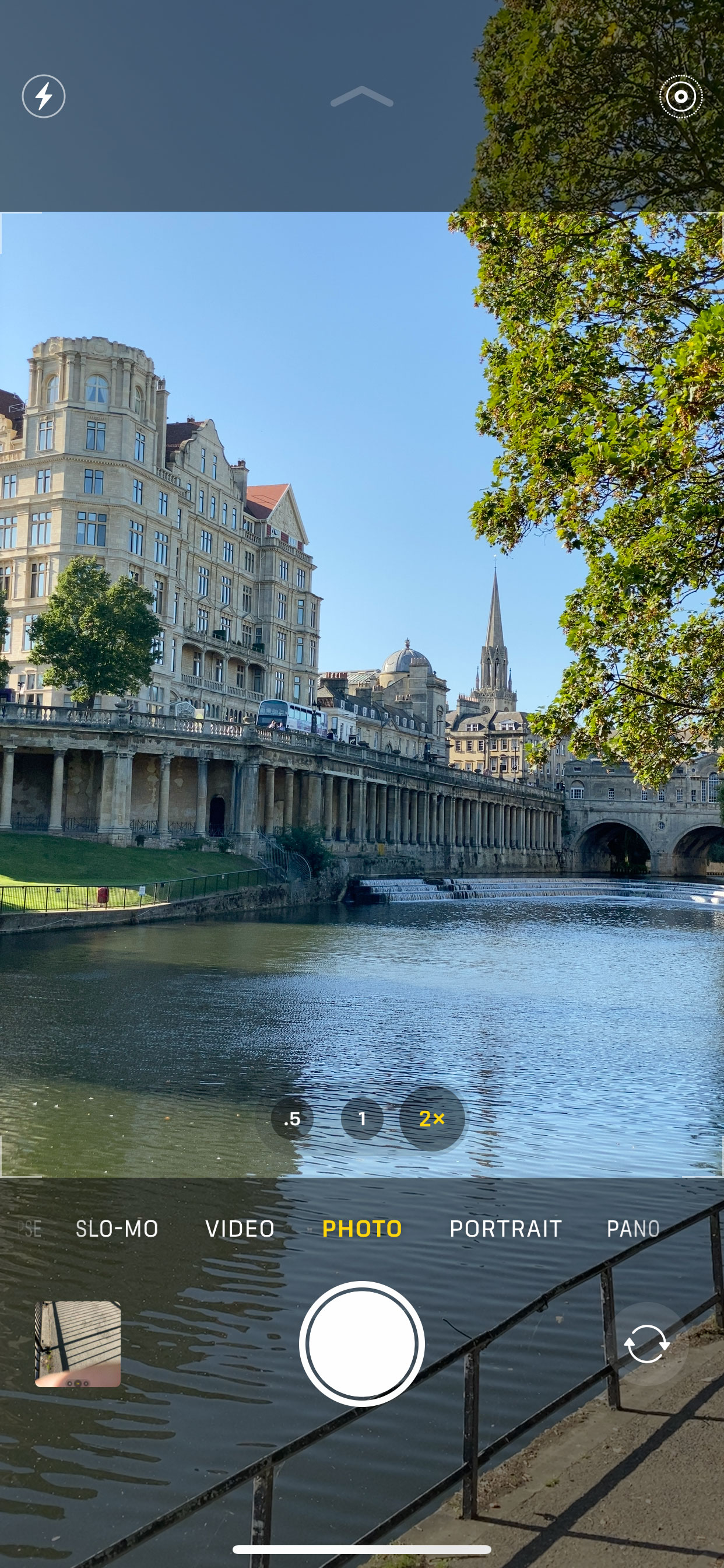
Better still, swapping to the superwide camera lets you capture interior shots that simply aren’t possible with the regular lens. This could be the iPhone 11’s single biggest breakthrough for travel photographers – a genre where an ultrawide lens is perhaps the single most useful accessory you can have – and now you won’t ave to rely on cheap add-on lenses that add distortion or colour fringing.
So do you need the longer 52mm equivalent third camera on the iPhone Pro? If you have an older iPhone with a second telephoto camera you’ll already know how much use you get out of this and whether it’s something you need. Camera phone photographers is typically immediate, up-close and wide, though, so a longer focal length may not be as important as it is on a regular camera.
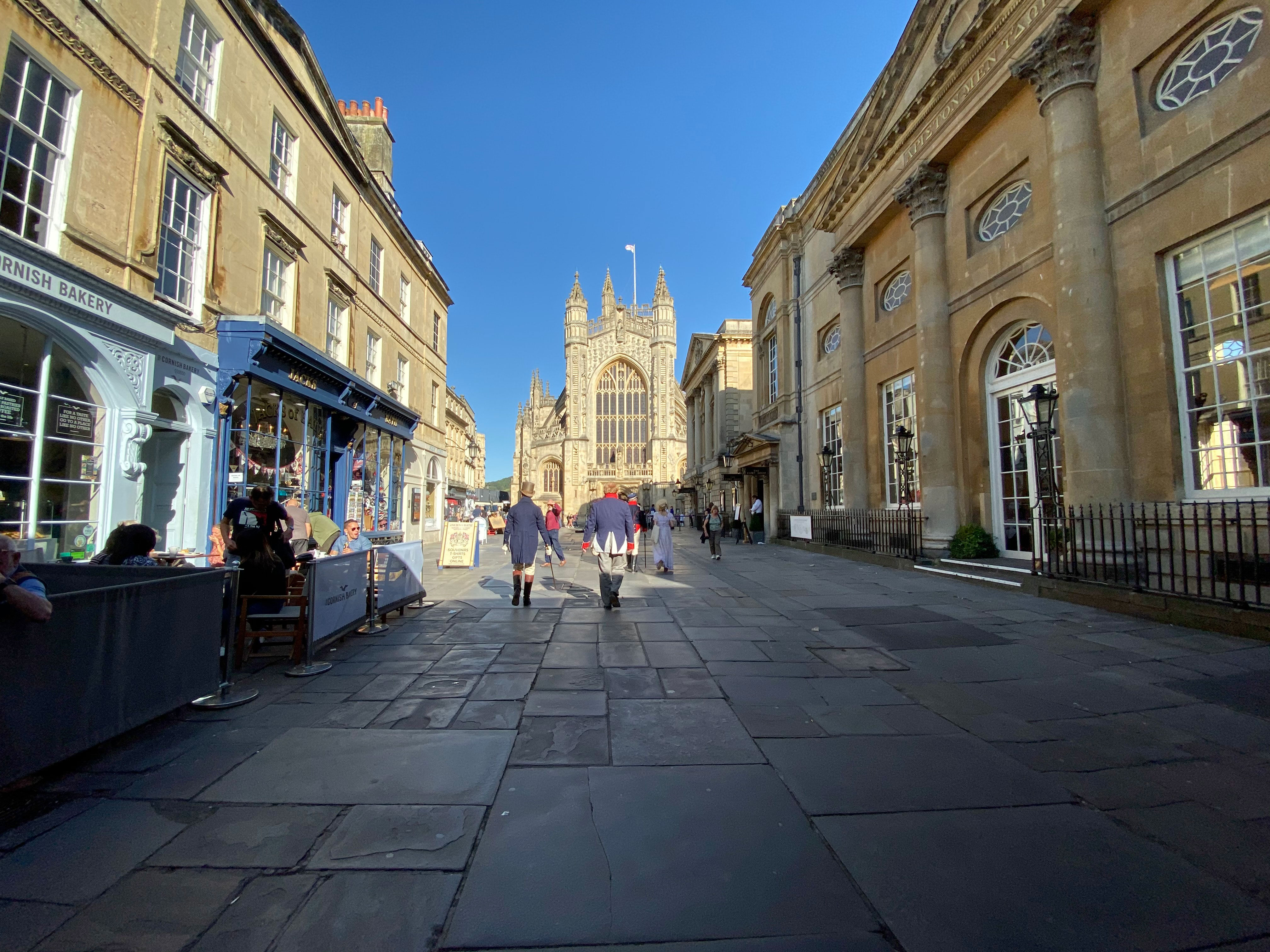
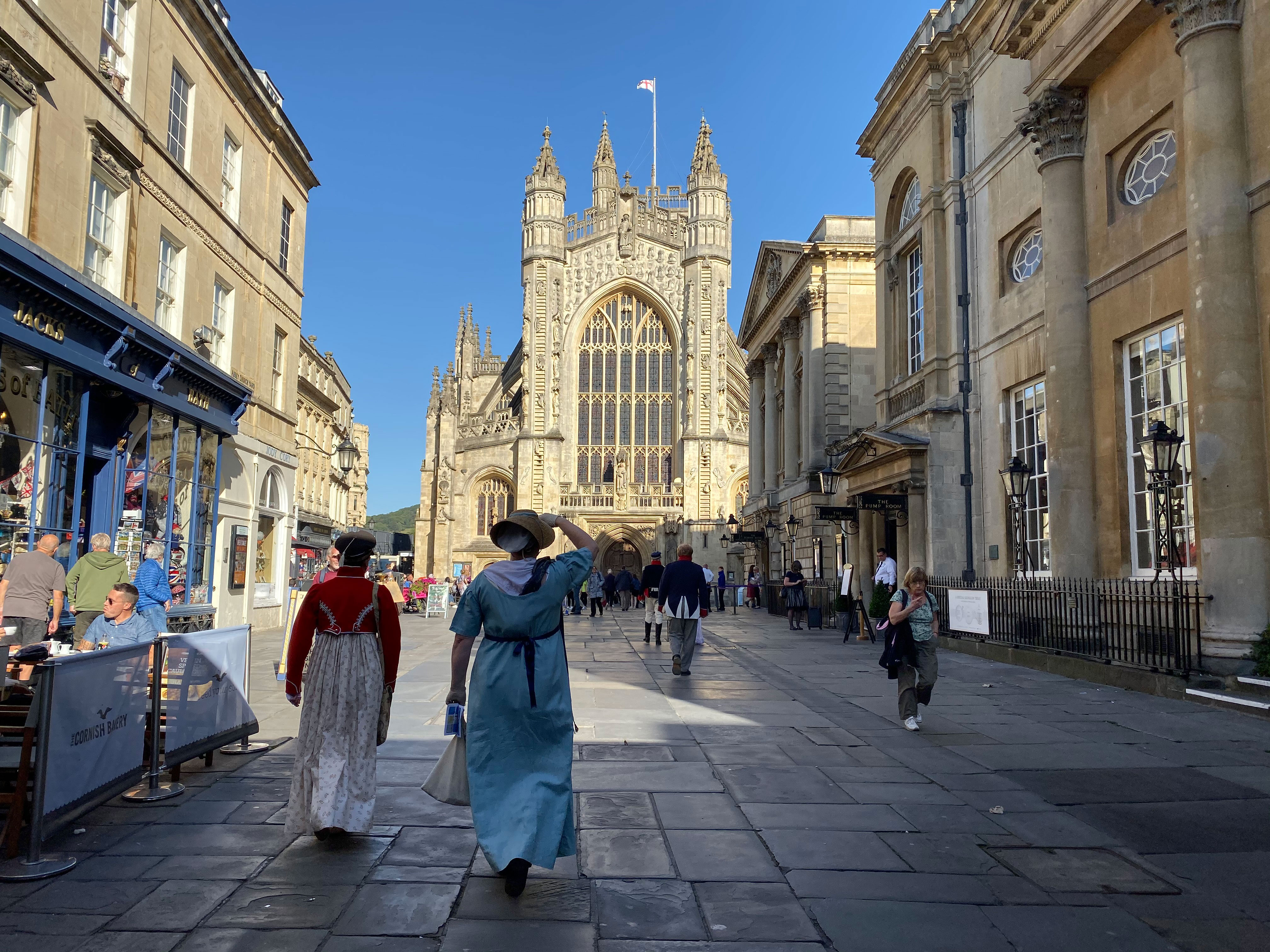
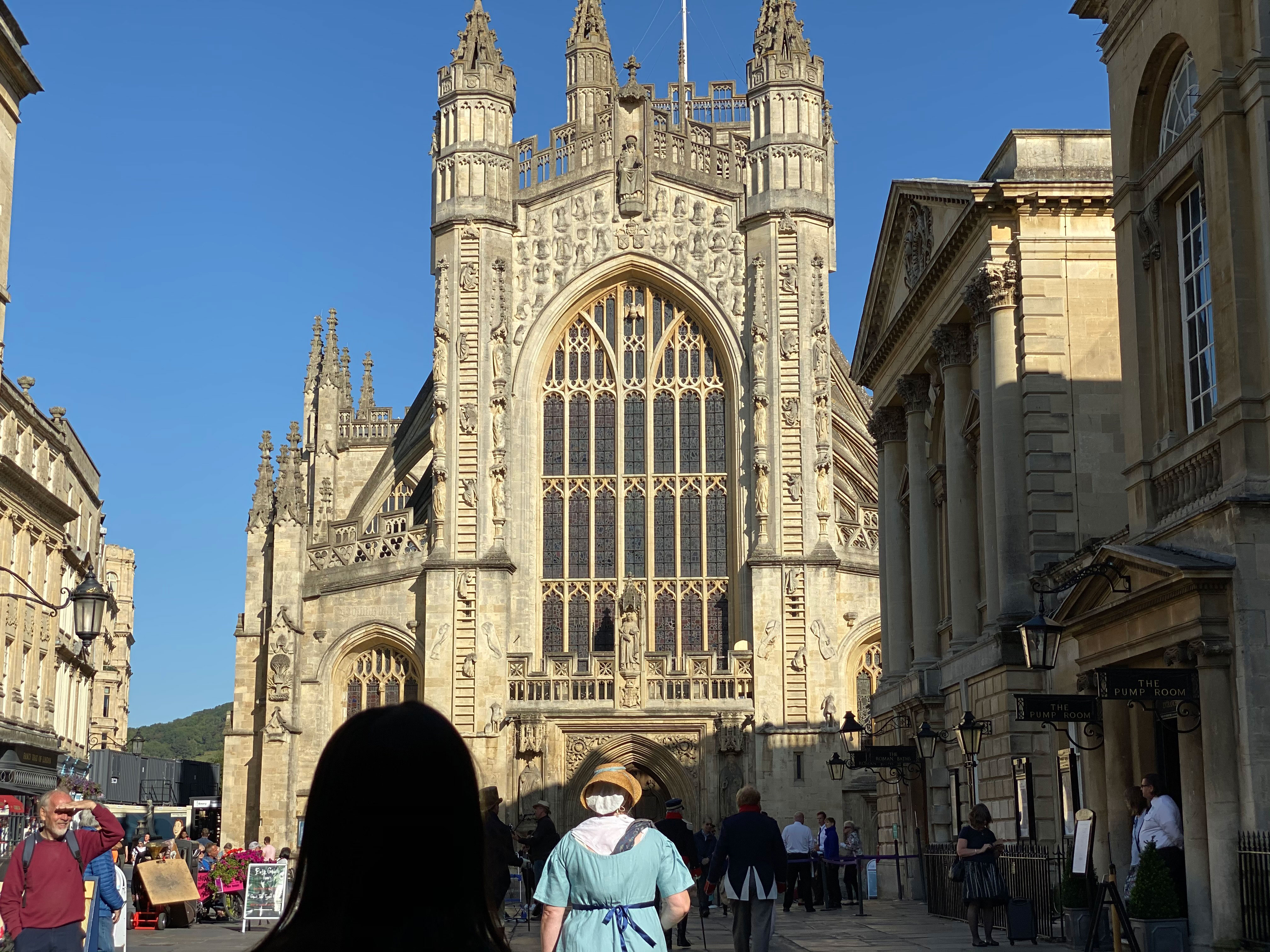
And then there’s the new ‘slofie’ mode. You can now take a slow-motion selfie with the front camera, which sounds like a rather tedious exercise in vanity and has attracted a certain amount of scorn (not least from us).
But we’ve tried it, and it’s just beautiful, especially with the amazing spinning slofie technique perfected by DCW’s own Louise Carey. Slofie’s take just a few seconds to capture, but produce smooth, elegant looking clips which transition from normal speed at the start of the clip through to slo-mo in the middle and real-time at the end. It’s the standard slow-motion edit produced by iPhones, but it looks professional right from the start. So yes, we've gone from being slofie haters to slofie fans, and this alone is enough to make the iPhone 11 one of the best selfie cameras out there.
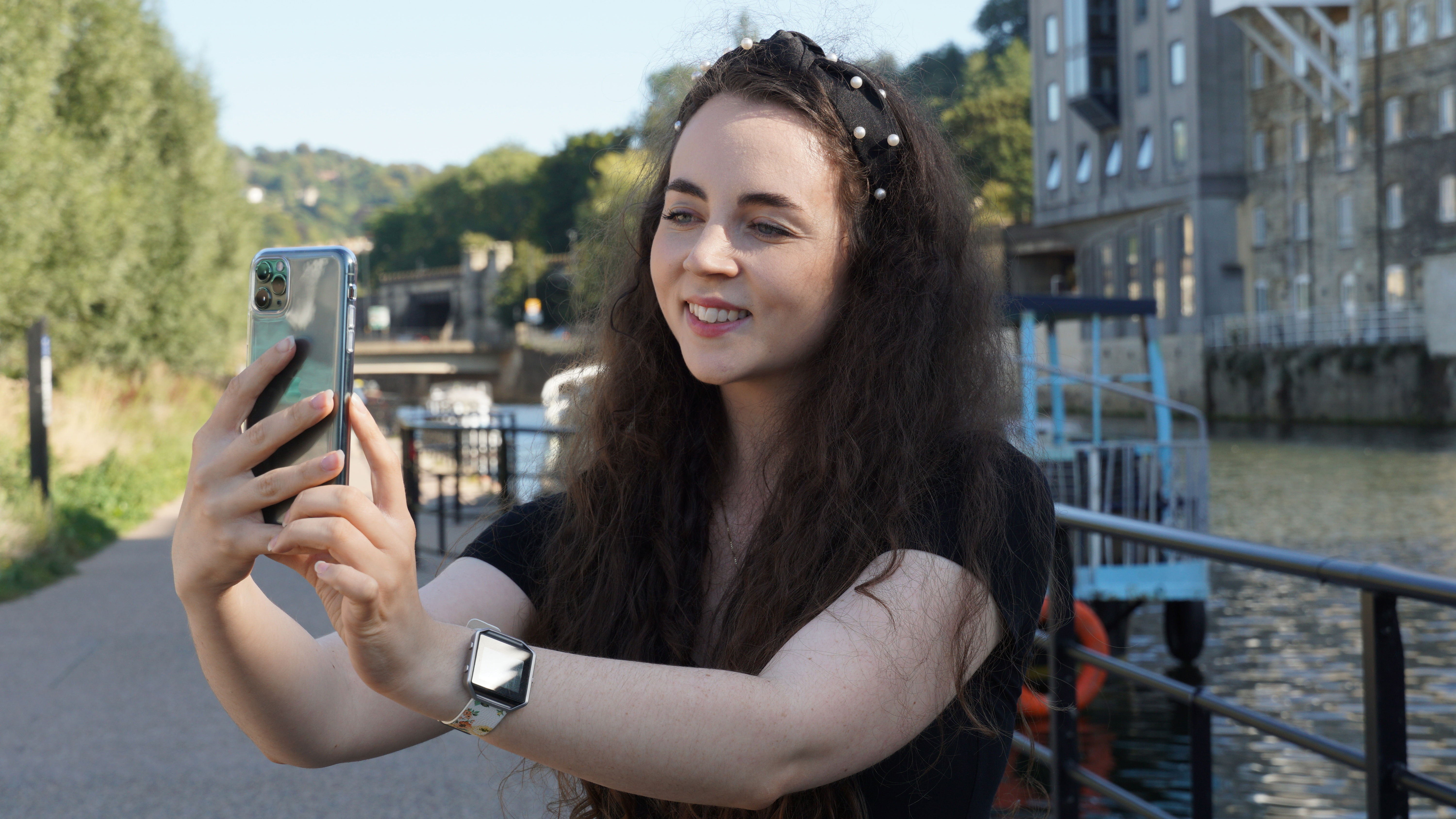
The only thing we would say is that it seems a bit too easy now to get your fingers over one or other of the cameras as you hold the iPhone – but maybe that’s something you’ll quickly adapt to.
Pressing and holding the on-screen shutter button now starts video capture (what a great idea) and to start burst shooting you now drag/swipe the button instead.
Camera performance
The iPhone’s success as a camera comes down to finesse in the details of its features and its operation, and the quality of its images. Does the iPhone 11 maintain these standards?
Yes. The iPhone 11 Pro does a great job of preserving a more natural feel to its images than most camera phones manage. We had a Note 10 in the office at the same time, and compared to the Note 10, which certainly isn’t the worst offender for over-processing images, the 11 Pro doesn’t over-sharpen, yet fine detail is still well resolved. Whereas, the Note 10’s images are aggressively sharpened, so while they look very crisp viewed at a size that fits the phone screen, zoom in to 100% on a computer and detail, especially in close-up subjects, is harsh, with slight sharpening halos around objects like lettering.
Here's a gallery of shots taken both indoors and outdoors with the iPhone 11 Pro.
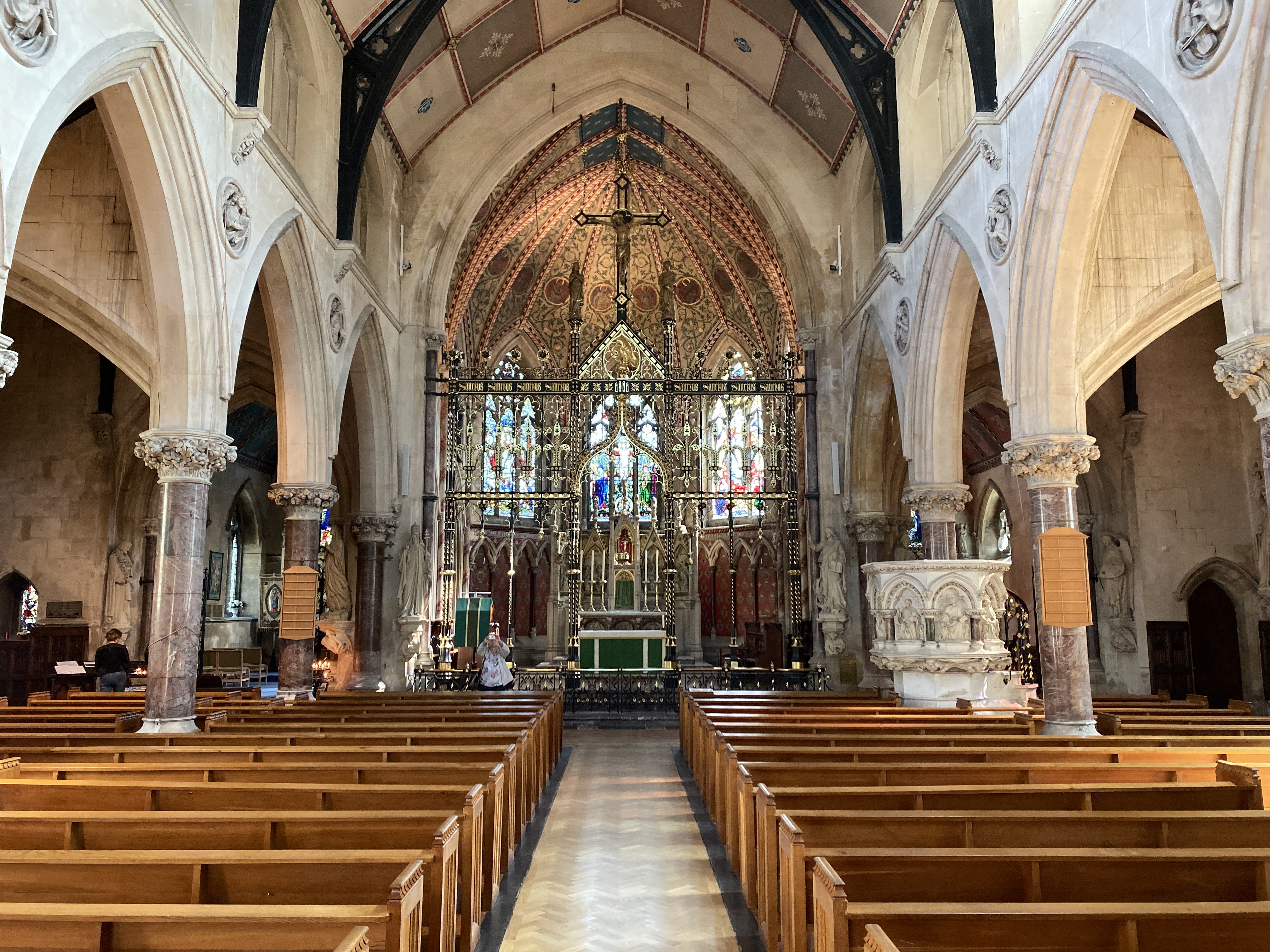






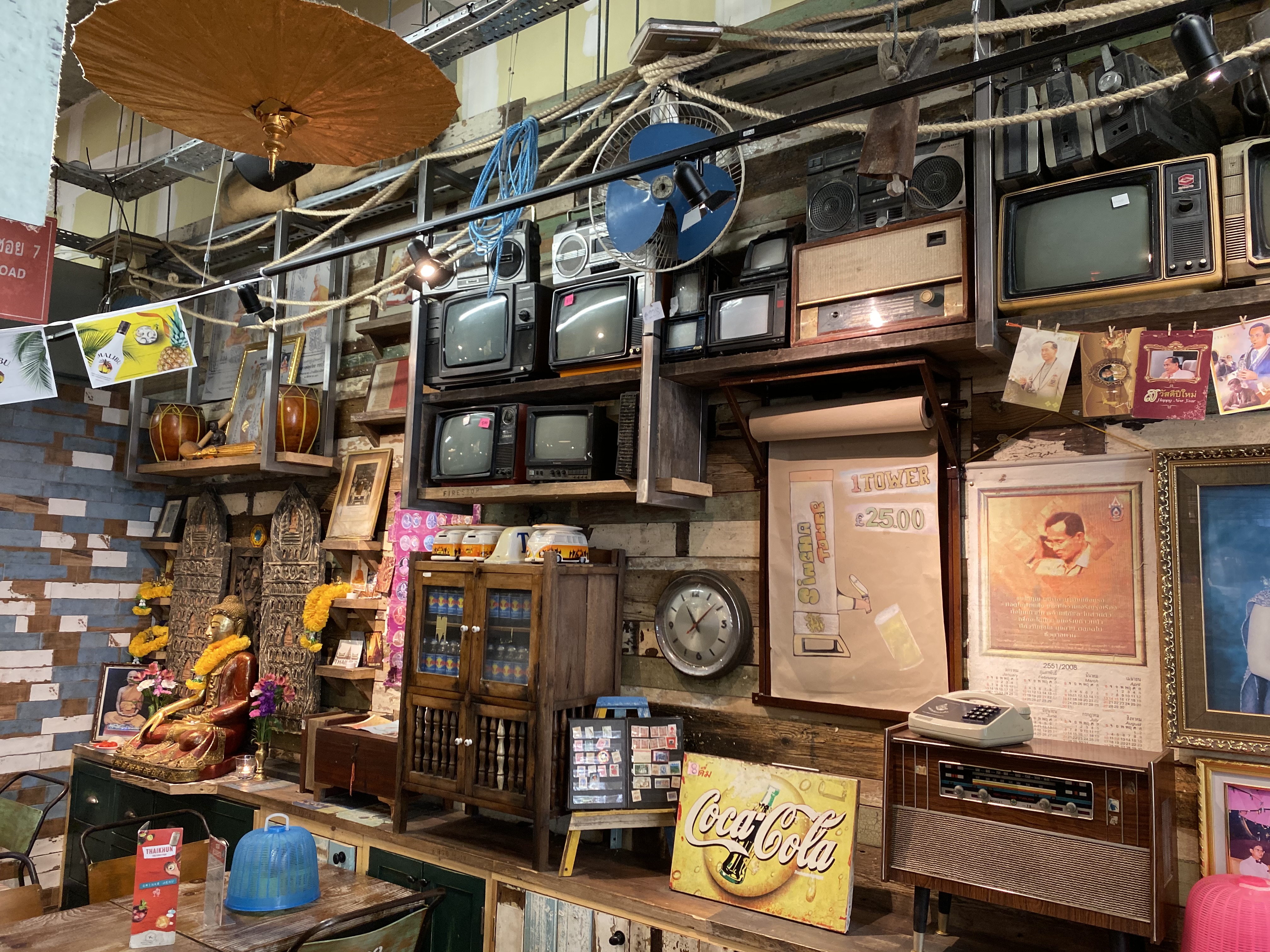
Apple’s HDR algorithm is also more restrained, which does lead to some highlight detail being overexposed, but the result is image quality that more closely resembles reality, and preserves a better sense of ambience. Conversely, Samsung’s approach to HDR is to retain every bit of highlight detail, which though technically impressive, leads to images that look flat and unrealistic by comparison. The iPhone’s more subtle HDR also means it retains more warmth to colours being lit directly by a light source, further adding to its images’ visual appeal. These differences are all quite subtle, but are noticeable, especially when images are viewed at 100% image size.
Sometimes the HDR can look a little sickly, with noticeable ‘glow’ effects around buildings or trees against blue skies and slightly flattened midtone contrast, but at other times it’s so successful – especially with heavily backlit subjects – that you can’t help but be impressed.
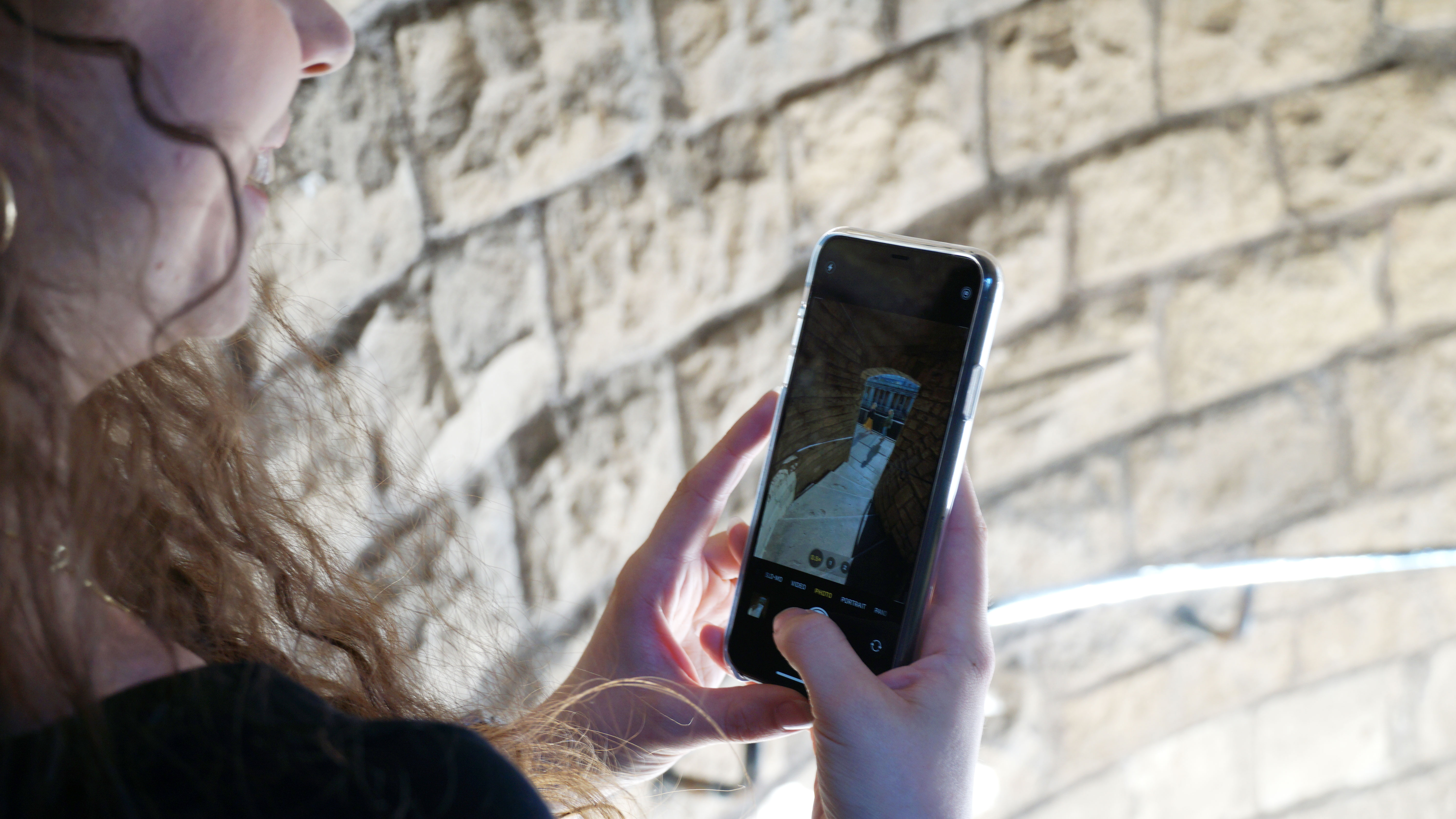
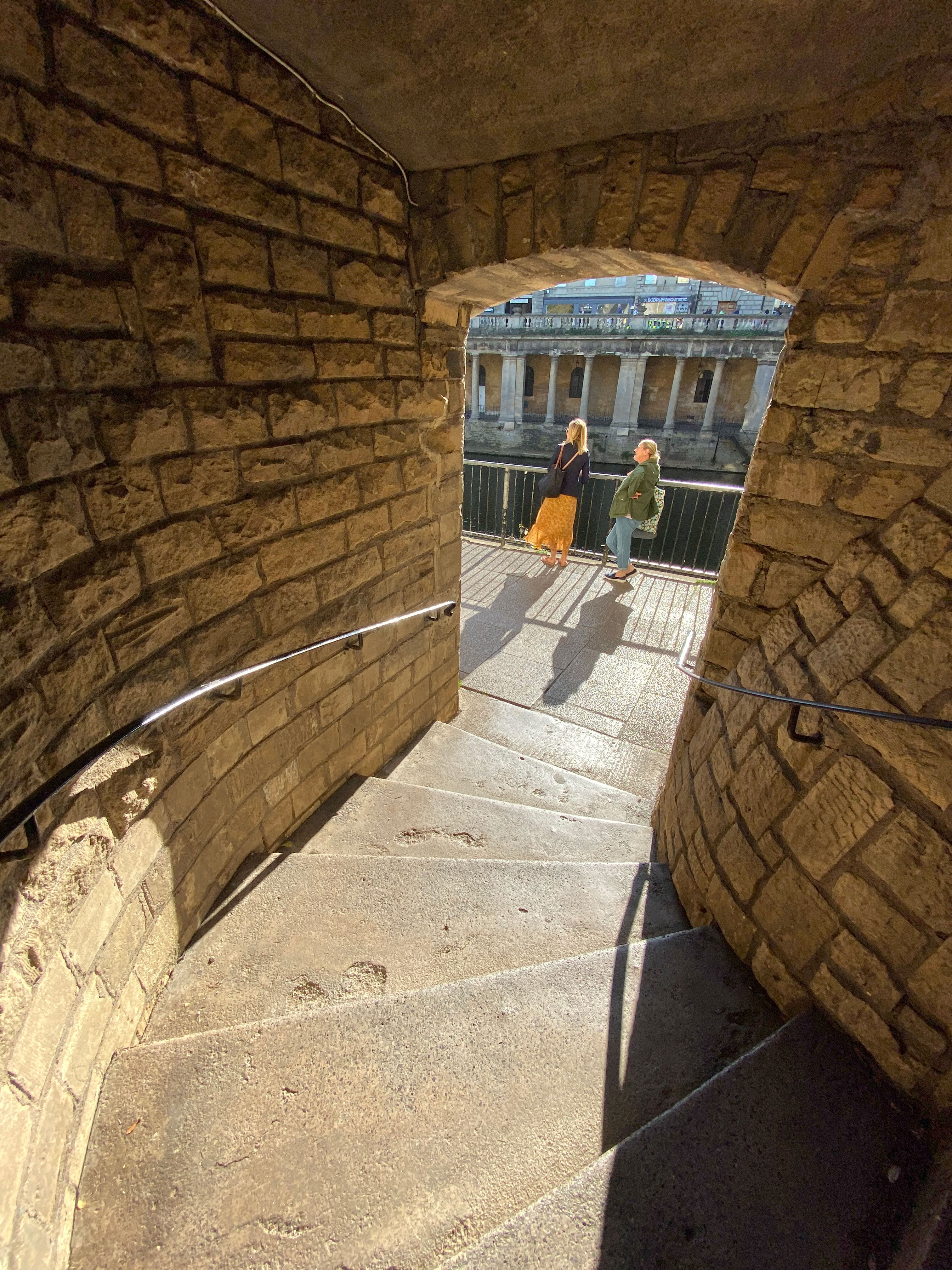

Also, side by side comparison when shooting both phones reveals the iPhone has a more accurate camera app preview when composing a shot, especially under artificial light. By contrast, the Note 10’s preview under florescent lighting is slightly too cool, and some colours look washed out.
The new high-key portrait effect is very effective, suppressing the background to make a regular outdoor shot look as if it was taken in a studio against a white backdrop.
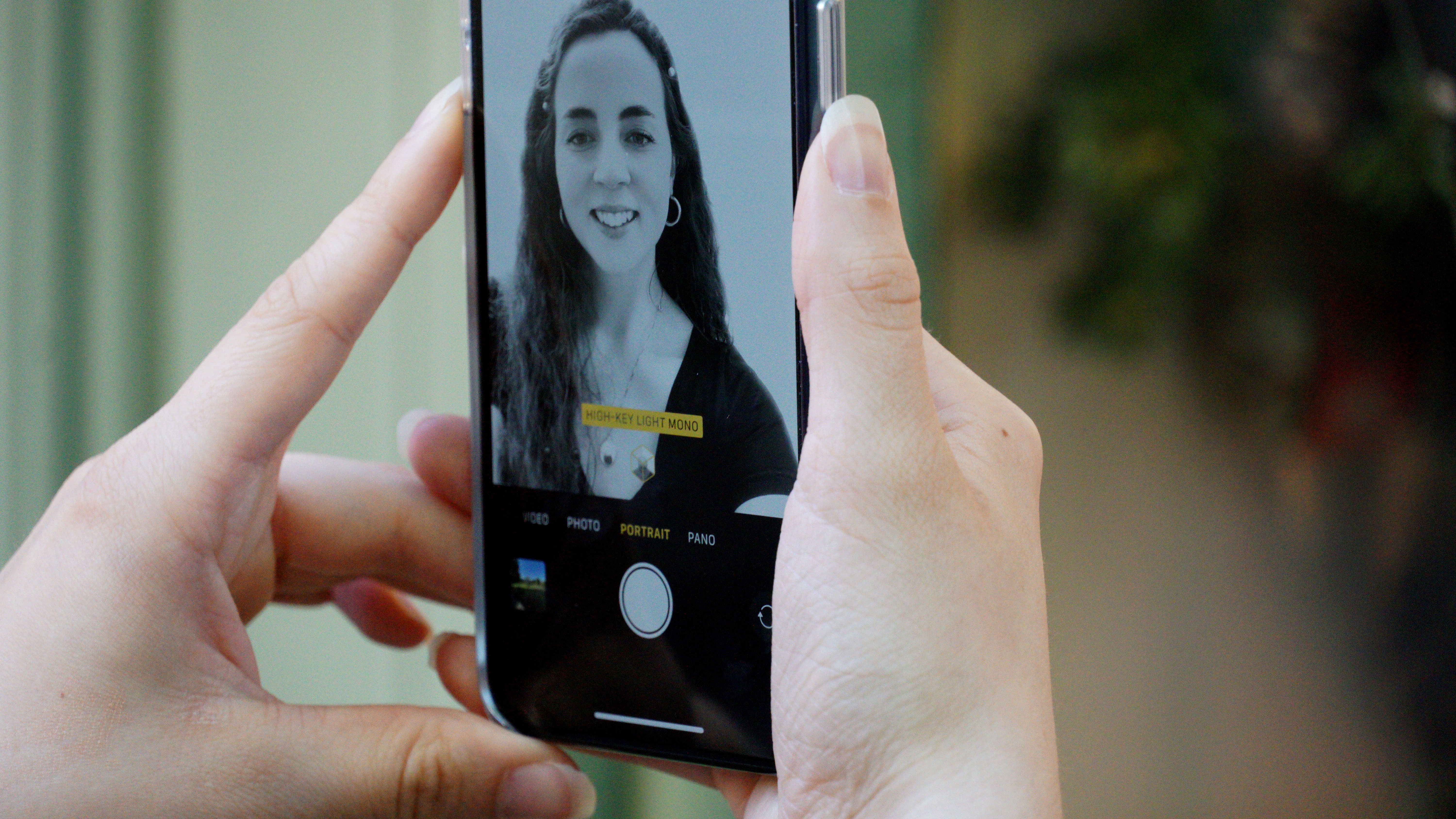
The triple camera setup is very good – all three cameras produce identical colour vibrancy and exposure metering. The 11 Pro’s lenses are also very resistant to lens flare – more so than the Note 10. The 11 Pro’s ultra-wide camera also resists chromatic aberration slightly better than the Samsung’s, though fringing is still visible on high-contrast boundaries. Apple’s new ‘see what you could be capturing if you switched to the ultrawide camera’ preview as you shoot with the main camera can be useful. However, in bright light it wasn’t always easy to see the boundary between the active image frame and the ultra-wide preview on ether side, making framing trickier than it otherwise would have been.
To sum up, while it would be nice to have the greater optical zoom range of a Huawei P30 Pro, that’s about the only real issue we have with the iPhone 11 Pro. Just judged on pure image quality from its 3 rear-facing cameras (as opposed to number of features), it’s the best camera phone on the market.
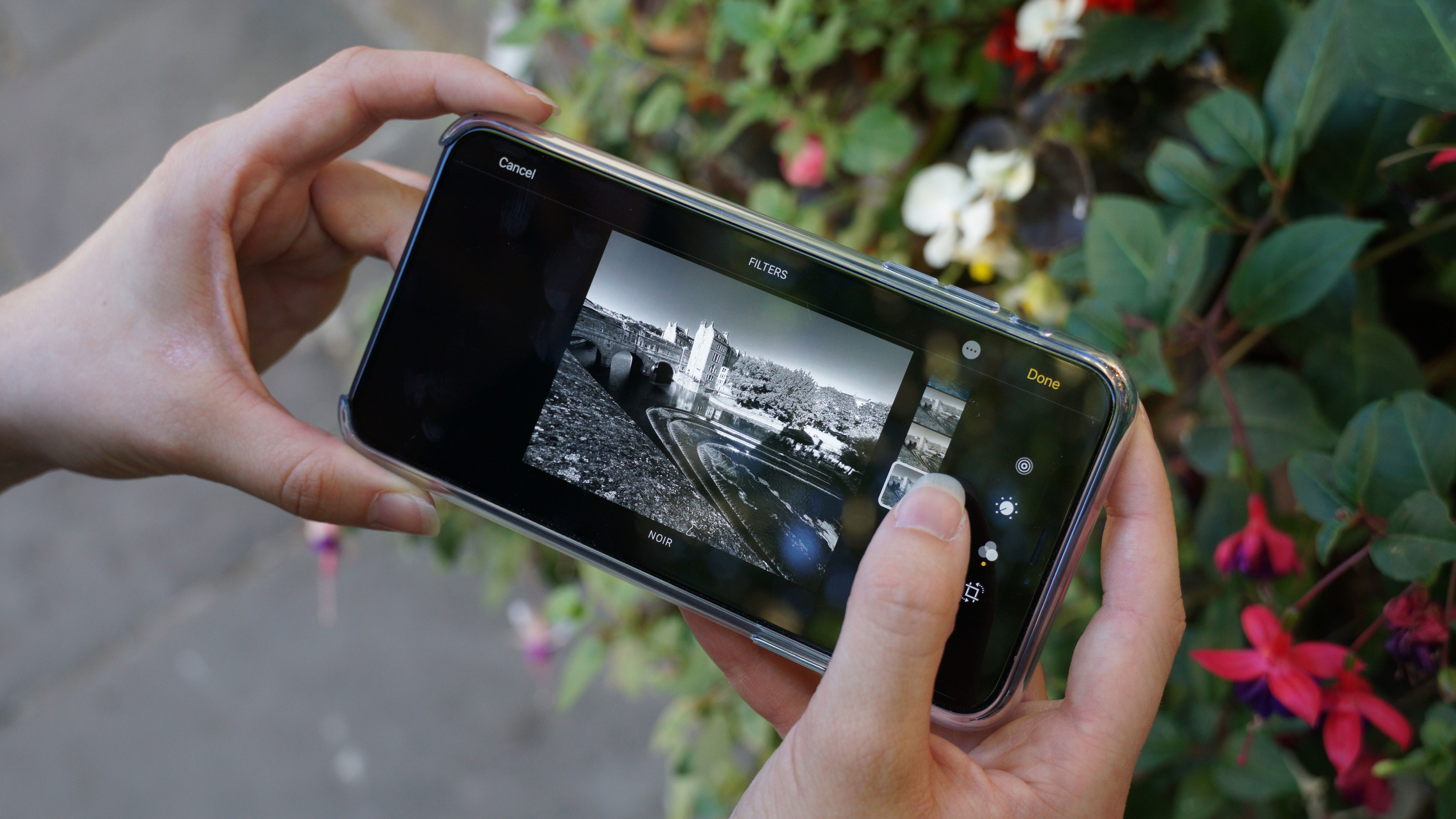
Verdict
We've reviewed the iPhone 11 Pro separately, where it gets 4.5 stars. It's brilliant, but it's an expensive phone for the size of the screen. The iPhone 11 Pro Max is more expensive still (obviously), but if you're going all out for the best camera phone there is, it really delivers and deserves its 5-star rating, with a 6.5-inch screen that really does its picture quality justice.
Don’t get the iPhone 11 Pro Max if you want the best and longest list of camera phone features on the market, the most cameras or the longest zoom. Do get it if you’re more concerned about image quality and features you will actually use all the time.
In our tests, the iPhone 11 Pro demonstrated once again how Apple’s attention to image quality, usability and real-world needs pays dividends. There are cheaper phones than this, phones with more cameras, more features and more on-board technology – and with 5G in some instances – but for photographers who look long and hard at their pictures and value image quality above all else, the iPhone 11 and iPhone 11 Pro are right at the top of the tree.
Read more:
• These are the best camera phones you can buy right now
• Short of cash? These are the best budget camera phones
• Get yourself in the picture! These are the best selfie cameras

Rod is an independent photography journalist and editor, and a long-standing Digital Camera World contributor, having previously worked as DCW's Group Reviews editor. Before that he has been technique editor on N-Photo, Head of Testing for the photography division and Camera Channel editor on TechRadar, as well as contributing to many other publications. He has been writing about photography technique, photo editing and digital cameras since they first appeared, and before that began his career writing about film photography. He has used and reviewed practically every interchangeable lens camera launched in the past 20 years, from entry-level DSLRs to medium format cameras, together with lenses, tripods, gimbals, light meters, camera bags and more. Rod has his own camera gear blog at fotovolo.com but also writes about photo-editing applications and techniques at lifeafterphotoshop.com

